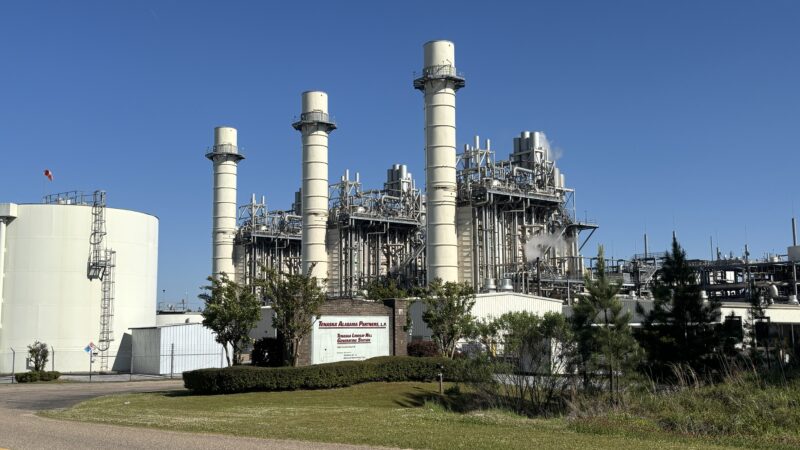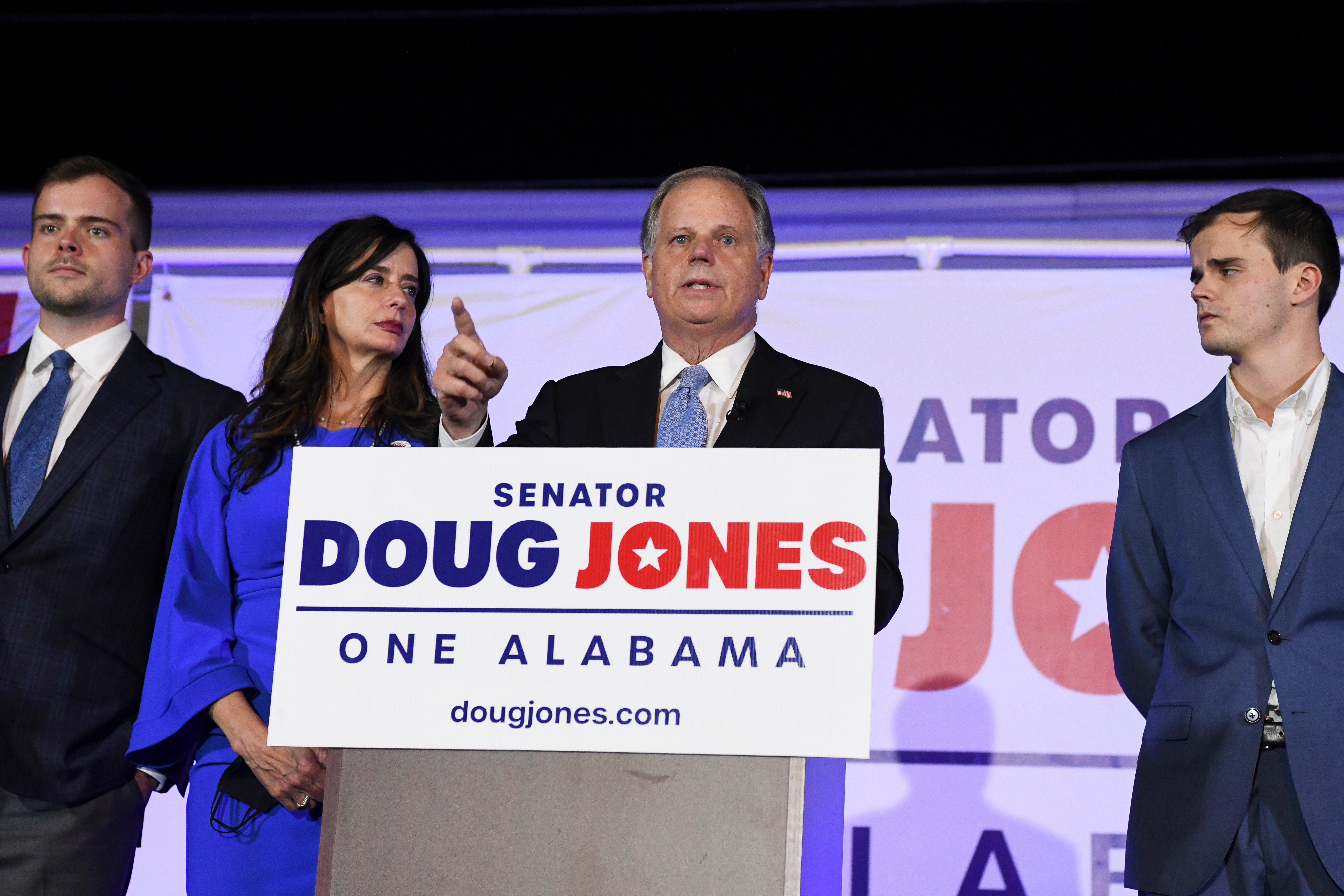Car makers are feeling tariff pain: GM is the 2nd company to take a hit to profits
In a quarterly earnings call with investors, the chief financial officer of General Motors said Tuesday morning that tariffs cost the company approximately $1.1 billion over three months, bringing the company’s profit margin from 9% down to 6.1% — that is, from meeting their target profitability to falling several percentage points short.
CFO Paul Jacobson said that so far, the company has only been able to reduce the blow to profits by a minimal amount. But they’re hoping that will change.
“We’re still tracking to offset at least 30% of the $4 to $5 billion full-year 2025 tariff impact,” he said, through a combination of changes in manufacturing, “targeted cost initiatives,” and the prices that consumers pay.
U.S. tariff policy has been unpredictable and rapidly changing over the last few months, and GM executives acknowledged that’s likely to continue. For example, the possibility of bilateral deals between the U.S. and other countries suggests that some of those costs might be avoided entirely.
For now, despite a tariff of 25%, GM is still importing vehicles it makes in Korea, including some of its most affordable models. “They’re very much in demand,” CEO Mary Barra told investors.
GM stock dropped 6% after it revealed its earnings, signaling Wall Street’s displeasure with the company’s strategy so far of absorbing tariffs as a hit to profits.
“To put full year targets in reach,” analysts Daniel Roska and Christopher Gray of research and brokerage firm Bernstein wrote in a note, “GM needs to start mitigating tariff cost.”
Meanwhile, Stellantis, the automaker that owns the Chrysler, Jeep, Dodge and Ram brands, reported this week that it paid about $387 million in tariffs over the last quarter, and that production pauses — a strategy to avoid paying tariffs — contributed to a 6% year-over-year decline in the number of vehicles the company shipped to dealers.
Industry-wide data has suggested that, at least so far, car manufacturers have mostly absorbed higher tariffs as a hit to their profits, rather than passing them along to customers (many of whom are already balking at new car prices that average nearly $49,000.)
The most recent data from Kelley Blue Book showed the average price that car buyers paid for new vehicles in June was up 1.2% year over year, well below the 10-year average annual increase.
“The modest increase in transaction prices suggests the businesses are absorbing more of the burden and not passing the added costs to consumers — something that will impact profitability if the trend persists,” Erin Keating, executive analyst at Cox Automotive, wrote in a post accompanying the data.
Alabama Power seeks to delay rate hike for new gas plant amid outcry
The state’s largest utility has proposed delaying the rate increase from its purchase of a $622 million natural gas plant until 2028.
Former U.S. Sen. Doug Jones announces run for Alabama governor
Jones announced his campaign Monday afternoon, hours after filing campaign paperwork with the Secretary of State's Office. His gubernatorial bid could set up a rematch with U.S. Sen. Tommy Tuberville, the Republican who defeated Jones in 2020 and is now running for governor.
Scorching Saturdays: The rising heat threat inside football stadiums
Excessive heat and more frequent medical incidents in Southern college football stadiums could be a warning sign for universities across the country.
Judge orders new Alabama Senate map after ruling found racial gerrymandering
U.S. District Judge Anna Manasco, appointed by President Donald Trump during his first term, issued the ruling Monday putting a new court-selected map in place for the 2026 and 2030 elections.
Construction on Meta’s largest data center brings 600% crash spike, chaos to rural Louisiana
An investigation from the Gulf States Newsroom found that trucks contracted to work at the Meta facility are causing delays and dangerous roads in Holly Ridge.
Bessemer City Council approves rezoning for a massive data center, dividing a community
After the Bessemer City Council voted 5-2 to rezone nearly 700 acres of agricultural land for the “hyperscale” server farm, a dissenting council member said city officials who signed non-disclosure agreements weren’t being transparent with citizens.









